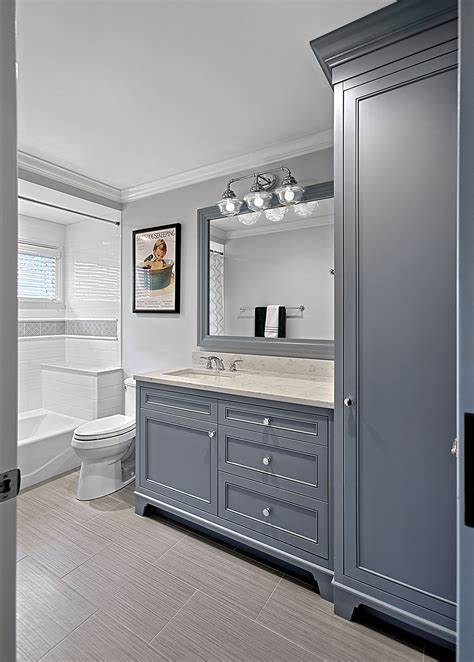A lush and vibrant garden is a source of pride for any homeowner, and an efficient sprinkler system plays a crucial role in maintaining it. However, like any mechanical system, sprinklers can face wear and tear over time. Understanding how to diagnose and repair common sprinkler system issues is essential to keep your garden thriving. In this article, we will explore the fundamentals of sprinkler system repair, helping you restore your garden’s health and beauty.
Identifying the Problem
Before you can begin repairing your sprinkler system, you must identify the problem. Common issues include:
a. Low Water Pressure: Insufficient water pressure can result from clogged nozzles, damaged pipes, or valve problems.
b. Leaking Sprinkler Heads: Leaks can waste water and create soggy patches in your lawn. Damaged seals, cracked casings, or faulty valves are common culprits.
c. Uneven Watering: If some areas of your lawn are too dry while others are oversaturated, it may indicate blocked or misaligned nozzles or damaged sprinkler heads.
d. No Water Flow: When no water flows through a particular zone, it might be due to a closed valve, a damaged solenoid, or debris clogging the system.
Read Also: Zen Garden Ideas Cultivating Serenity and Harmony in Your Outdoor Space
Tools and Supplies
To perform sprinkler system repairs effectively, you’ll need a few essential tools and supplies:
a. Screwdrivers and pliers for disassembling and reassembling components.
b. Pipe cutters or hacksaw for replacing damaged pipes.
c. Pipe thread sealant or plumber’s tape to prevent leaks.
d. Replacement parts such as sprinkler heads, valves, solenoids, and pipe fittings.
e. A voltage tester to check the electrical components of the system.
Read Also: Modern Rock Garden Ideas Sculpting Nature’s Elegance with Contemporary Flair
Steps to Repair
a. Turn Off the Water: Before you start any repair work, turn off the water supply to your sprinkler system. You can usually find the shut-off valve in the basement or utility room.
b. Locate the Problem Area: Use your observations to identify the issue’s location. Once you’ve pinpointed the problem, dig carefully to expose the damaged component.
c. Repair or Replace: Depending on the issue, you may need to repair or replace components. Clean or unclog nozzles, replace damaged sprinkler heads, fix leaks with sealant or replacement parts, and check for obstructions in the pipes.
d. Test the System: After making repairs, turn the water back on and test the sprinklers to ensure they are functioning correctly. Adjust the spray patterns and water pressure as needed.
e. Check the Controller: If the problem persists or seems related to the controller, inspect it for programming errors or electrical issues. Replace the controller or solenoids if necessary.
Read Also: Herb Garden Ideas Cultivating Culinary Creativity with Flair
Preventive Maintenance
To avoid future sprinkler system issues, consider regular maintenance practices:
a. Routinely inspect the system for visible leaks, damaged components, or misaligned nozzles.
b. Clean or replace clogged filters or nozzles.
c. Adjust watering schedules to account for changing seasons and weather conditions.
d. Winterize the system before freezing temperatures arrive to prevent damage.
Maintaining a well-functioning sprinkler system is essential for a thriving garden and conserving water resources. By identifying and addressing common sprinkler system issues and performing routine maintenance, you can keep your garden green and beautiful year-round. Remember that if you’re not comfortable with complex repairs or have a larger system, it’s advisable to seek professional help to ensure the longevity of your sprinkler system and the health of your garden.






















